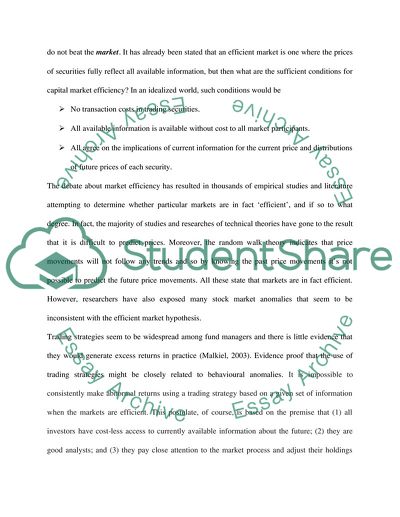Cite this document
(Efficacy of Behavioral Finance in Japan Literature review, n.d.)
Efficacy of Behavioral Finance in Japan Literature review. Retrieved from https://studentshare.org/finance-accounting/1540782-an-examination-of-the-efficacy-of-behavioral-finance
Efficacy of Behavioral Finance in Japan Literature review. Retrieved from https://studentshare.org/finance-accounting/1540782-an-examination-of-the-efficacy-of-behavioral-finance
(Efficacy of Behavioral Finance in Japan Literature Review)
Efficacy of Behavioral Finance in Japan Literature Review. https://studentshare.org/finance-accounting/1540782-an-examination-of-the-efficacy-of-behavioral-finance.
Efficacy of Behavioral Finance in Japan Literature Review. https://studentshare.org/finance-accounting/1540782-an-examination-of-the-efficacy-of-behavioral-finance.
“Efficacy of Behavioral Finance in Japan Literature Review”, n.d. https://studentshare.org/finance-accounting/1540782-an-examination-of-the-efficacy-of-behavioral-finance.


